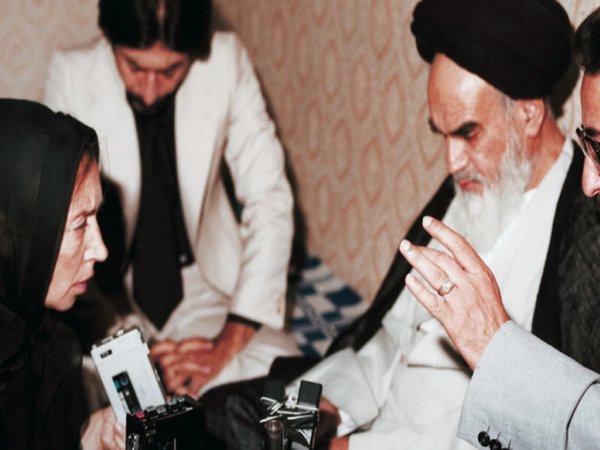West Side Story is one of those stage musicals typically referred to as ‘timeless’, ‘classic’ or ‘triumphant’. When a production is so widely viewed and reviewed, it’s hard to imagine any surprises — unless, of course, you’ve not done your research.
Most reviews of West Side Story mention that the audience will likely be familiar with some or all of the songs. I’d heard none of them. At best, I knew it was set in 1950s New York and loosely based on Shakespeare’s Romeo and Juliet.
An untamed love of musicals such as Chicago, Wicked and Joseph and the Technicolor Dreamcoat had fuelled my expectations of flashy chorusline numbers, grandiose synchronised dance routines and general razzle-dazzle.
Imagine my surprise when the curtain opened to a practically bare stage. Ten minutes later the first song was only just beginning and I wondered if I imagined the word ‘musical’ in the program billing.
In retrospect, this was possibly a little naïve. Since when does ‘Shakespearian tragedy’ spell glitz and glamour?
It’s fitting, then, that the dance scenes are more ballet than jazzy showstoppers. Choreographer Joey McKneely has clearly drawn a lot from the show’s original director and choreographer, Jerome Robbins. Robbins produced 66 ballets in his lifetime and this background heavily influences the dance scenes in West Side Story.
Ballet as a way to exhibit violence, fight scenes in this case, is a particularly effective and moving aspect of the show. Despite this, the staging is not entirely convincing. At times the cast seem to disappear into the wasteland of an unfilled stage. Where are all the props?! Yes I shouldn’t have expected revolving sets or falling chandeliers but jeez, a table to dance across wouldn’t go astray.
The seldom-used building scaffolding that lines both sides of the stage also tends to draw attention away from the cast. If this was a no-holds-barred showstopper, the actors would be tap-dancing their way across the highest levels. Instead, the upper stories are barely used, save for a quick nod to Romeo and Juliet’s infamous balcony scene.
The production does seem to rely a little on the pull of the musical’s reputation. A leg or two pokes out of the dance lines and ‘polished’ doesn’t exactly come to mind.
Sometimes it feels like here in Australia we pay so much for musicals and have such little variety that we’re determined to love the show, no matter what the foibles. Still, to say the production only succeeds because of an Australian audience’s willingness to be forgiving would be to do the cast a disservice. Both Julie Goodwin as Maria and Alinta Chidzey as Anita display an incredible vocal range. The two in conversation at the bridal shop where they work bring an innocent and fun quality that reflects the youthfulness of Shakespeare’s story.
The supporting actors are also excellent. Turanga Merito is great as Cino, the softly spoken member of The Sharks, and Frank Garfield as Doc the shopkeeper/bystander does a fantastic job of expressing the audience’s frustration at a seemingly senseless violent feud.
For all the Romeo and Juliet parallels, it’s not the wisest idea to base your expectations entirely on Shakespeare; when the curtain went down I found myself wondering why only one of them was dead.
In short, don’t expect huge amounts of polish, flashiness or perfection. Likewise, don’t expect a Shakespearian ballad. What you can count on is a show that pushes the boundaries. A spartan setting and a few ‘rough-around-the-edges’ moments don’t do West Side Story any harm. For all I know, they could be deliberate. What’s clear here is that West Side Story still has the potential to surprise, just like it did all the way back in 1957.
West Side Story is now playing at Melbourne’s Regent Theatre.
Sarah Green is a Master of Global Communications student and a member of the upstart editorial team.






